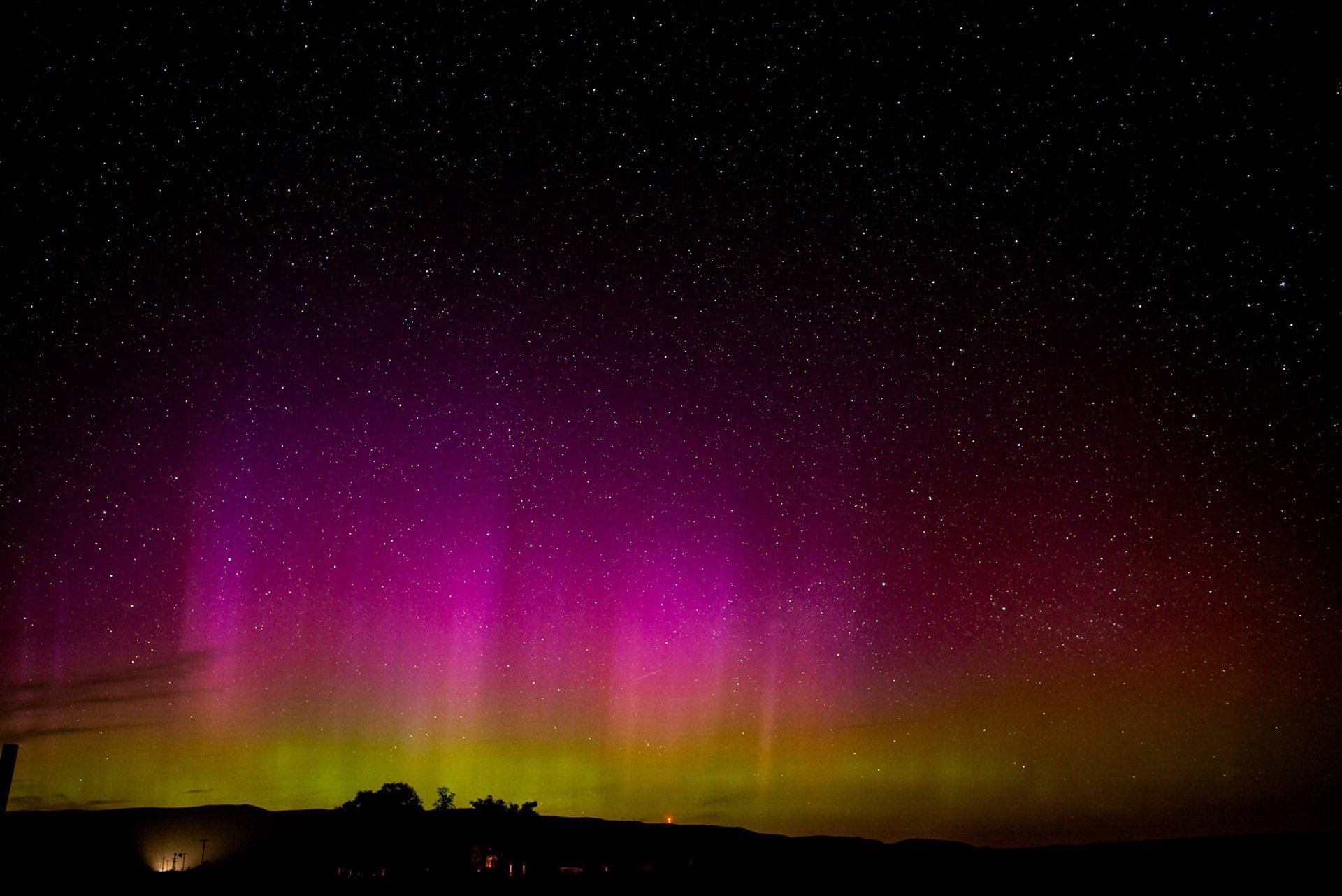

When the winter arrives (December – March) and the snow settles and the landscapes freeze the Lapland region takes on another dimension, becoming host to a whole lot of experiences that you would typically associate with a Northern Lights holiday. At this time of year it is possible to do more self-exploration as part of a fly drive programme and it’s a more stable time of the year to do water based Northern Lights hunts. In Iceland you have the volcanic landscapes and waterfalls acting as your back drop as well as the beautiful autumn colours. In the autumn months (September – November) the Northern Lights are visible above the autumn landscapes of fall colours, which are most pronounced in northern Norway and Swedish Lapland. There are however better times to visit each destination which can make an impact on the overall appreciation of your Northern Lights holiday. During this time there is no single ‘best time’ to see them although there is some evidence that the days around the spring and autumn equinox coincide with regular aurora sightings. The aurora season runs from end August when the skies begin to darken after the long summer days right through to early April when the Northern Lights fade away again.

For a forecast higher than 3 your chances throughout the region are excellent. This generally means that for a level 3 aurora forecast you have a very good chance of seeing the lights in the northern part of the region and a good chance in the south. The Arctic Circle, where the Northern Lights are seen more often, runs at 66 degrees north with two popular destinations Reykjavik positioned at 64 degrees and Tromso at 69 degrees north. This generally relates to being near, on or above the Arctic Circle.



 0 kommentar(er)
0 kommentar(er)
